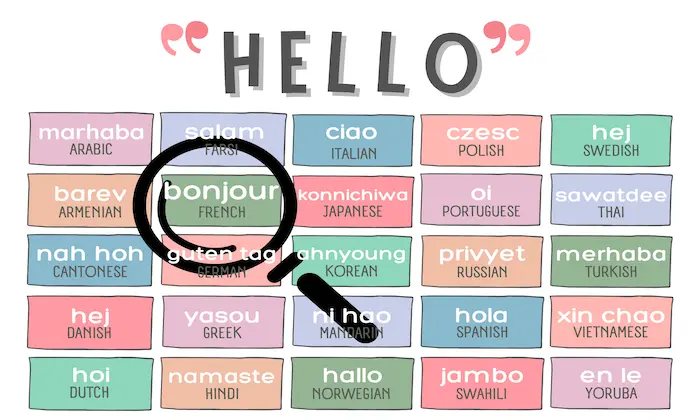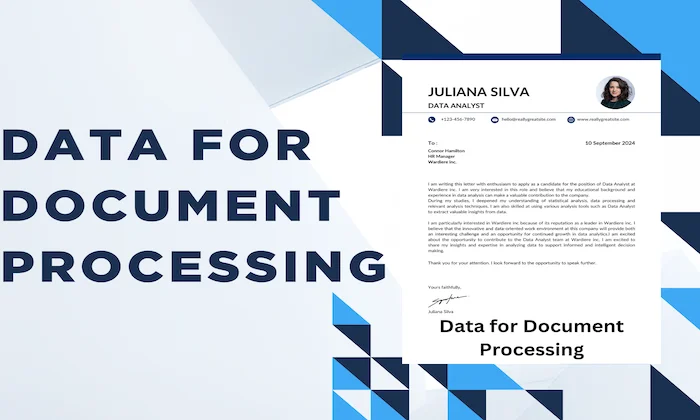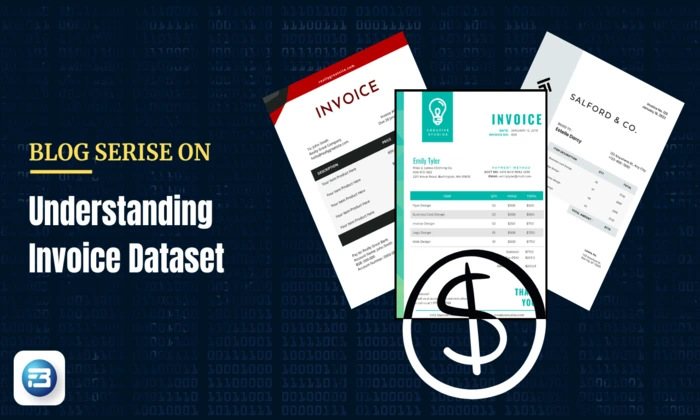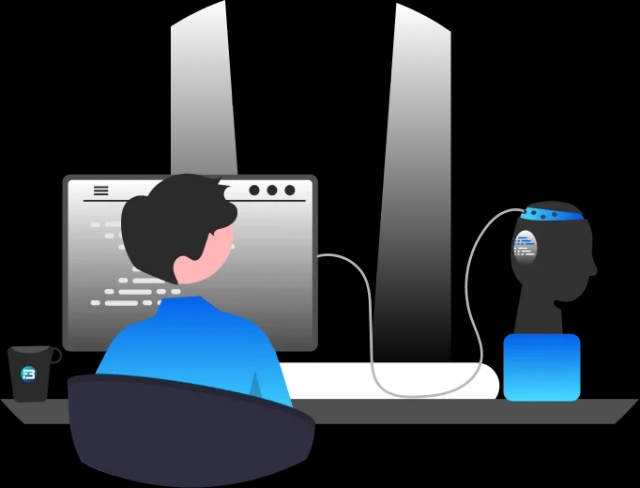Imagine you have a product label that is in Chinese and you don’t know anything about Chinese but let’s say you want to know what is written on that product label what can you do in this case? Or let’s say you have tons of invoices or other documents and you want to log all the details like invoice number, total amount, etc into the digital system, how can you do that?
The solution is pretty easy nowadays with the advancement of AI. We have state-of-the-art OCR and text recognition AI models which makes all such use cases very easy for all of us. In case one we have so many applications like Google Lens through which you can just scan the product label and it can recognize the text in it and then translate it using machine translation.
In the latter case, we have world-class OCR AI models that can extract all the relevant pieces of information from the invoice and then we can save it into any digital system.
So today we are going to discuss the fundamentals of OCR and text recognition and discuss the different types of datasets that are being used to train such AI models.
What is OCR?
OCR, or Optical Character Recognition, is a technology that enables the conversion of different types of documents, such as scanned paper documents, PDF files, or images captured by a digital camera, into editable and searchable data.
It works by analyzing the patterns of light and dark areas in the document image and identifying the shapes that correspond to individual characters. Once the characters are recognized, OCR software converts them into machine-readable text. This process allows users to extract text from documents for editing, searching, or storing in a digital format, reducing the need for manual data entry.
This way, you can take a photo of a recipe, a book page, or a receipt, and turn it into digital text that you can use however you like. It's like turning pictures of words into actual words that your computer can understand and work with.
OCR technology is widely used in various industries, including finance, healthcare, legal, and education, for tasks such as digitizing paper records, automating data entry, and enabling text-based searches in scanned documents.
Difference between OCR and Text Recognition?
The terms OCR (Optical Character Recognition) and text recognition are often used interchangeably, and in many contexts, they refer to the same process of converting text from images or scanned documents into machine-readable text. However, there can be a subtle distinction between the two:
OCR typically refers to the specific process of recognizing and converting printed or handwritten text from images, scanned documents, or photographs into editable and searchable text. On the other end text recognition is a broader term that can encompass OCR but may also include other forms of text recognition, such as recognizing text in videos, natural scenes, or real-time camera feeds.
While OCR is a type of text recognition that specifically deals with converting text from images, text recognition can involve recognizing text in various contexts and forms beyond just images or scanned documents.
So coming back to our initial examples, in case two when you want to digitalize the invoice data entry process OCR comes into play, and in another case when you want to localize the product label in any specific language it’s more of a text recognition.
Now let’s discuss in brief what types of datasets are being used to train the OCR and Text recognition models.
OCR and Text Recognition Datasets
Just like any other AI model OCR or text recognition AI models also need high-quality diverse OCR datasets for training purposes.
We can categorize the OCR or text recognition datasets into two broad categories: Printed text datasets and Handwritten text datasets.
Printed Text Datasets:
Printed Text datasets are the collection of images that contain the printed text in it. So any image or pdf that contains the printed text in it can be used to train the OCR and text recognition models.
To train the robust text recognition or OCR model such a dataset should contain diverse types of images and printed text in it. It can contain printed documents, invoices, receipts, bank statements, product labels, menus, letters, official documents, flyers, storefronts, digital menus, etc. Depending on the use case the model should be trained on specific types of images.
Handwritten Text Dataset:
Similar to printed text datasets, handwritten text datasets also contain images that contain various types of handwritten text. AI models trained on such images can easily identify handwritten text and extract handwritten text from any form of image.
There can be various forms of images that can be part of handwritten text datasets and depending upon the use case the model should be trained on specific types of datasets.
Handwritten text datasets can consist of images of handwritten letters, handwritten invoices, handwritten menus, flyers, posters, handwritten labels, receipts, etc.
FutureBeeAI is Here to Fuel Your OCR and Text Recognition AI Models
We at FutureBeeAI specialize in providing large-scale, high-quality diverse training datasets for OCR and text recognition AI models along with various other AI use cases as well.
We can help you scale your model training process with our printed and handwritten off-the-shelf datasets. These datasets are available in all major languages. We provide various types of image datasets that include but are not limited to newspapers, magazines, books, invoices, product labels, receipts, letters, menus, posters, flyers, sticky notes, etc.
If in case you have a specific data requirement and want to collect a custom training dataset for it we can help you collect that as well through our global crowd community of data providers. Our crowd community is present all over the demographics so we can help you collect any specific type of OCR or text recognition dataset in any specific language.
Along with that, we have our proprietary image transcription and annotation tool so we can help prepare and structure your dataset. We have a multi-lingual crowd community so you can leverage our processes, tools, and community to prepare your own training dataset.
So no matter at what stage you are in your OCR or Text Recognition model training process feel free to reach out to us today and let us help you scale your AI journey.






